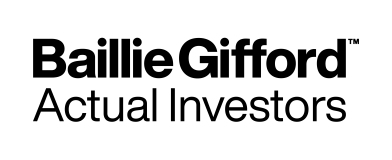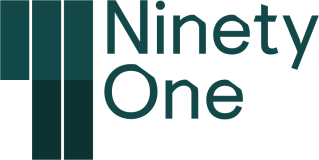Equity and bond prices fell during October as investors’ appetite for risk was blunted by geopolitical tensions and economic uncertainties.
- Bond yields continued to rise
- The price of gold rose above US$2,000 per ounce
- The US economy expanded by 4.9% in Q3
“Uncharted waters”: equity and bond prices fell during October as investors’ appetite for risk was blunted by geopolitical tensions and economic uncertainties. The World Bank warned that the Israel-Gaza war could “push global commodity markets into uncharted waters”, flagging the possibility that oil prices could rise above US$150 per barrel if the conflict continues to escalate. The price of Brent Crude oil rose above US$93 per barrel in October in response to the crisis. Meanwhile, the price of gold , which tends to rise during periods of instability, breached US$2,000 per ounce. Elsewhere, the VIX Index – which tracks expectations of future volatility – reached its highest level since March during October.
“The global economy is limping along, not sprinting” (IMF)
Default risk on the rise: the International Monetary Fund (IMF) warned that the risk of defaults from corporate and household borrowers has intensified, exacerbated by higher borrowing costs. The IMF forecast global economic growth of 3% this year and 2.9% next year, commenting : “Growth remains slow and uneven ... The global economy is limping along, not sprinting”.
Higher for longer: Strong economic data from the US fuelled expectations that interest rates are set to remain “higher for longer”, exacerbating the sell-off in bonds. The yield on the ten-year US Treasury bond breached 5% for the first time since 2007, while the 30-year US Treasury bond yield ended October at 5.08%. Having grown by 2.1% in the second quarter of 2023, the US economy expanded by 4.9% during the third quarter. Meanwhile, inflation remained unchanged at 3.7% year on year during September, confounding widespread expectations of a decline, although core inflation – which strips out volatile factors like energy and food – eased from 4.3% to 4.1%. The Dow Jones Industrial Average Index fell by 1.4% in October.
ECB holds rates: inflationary pressures in the eurozone appear to be easing as the eurozone’s annualised rate of consumer price inflation dropped from 4.3% in September to 2.9% in October. The European Central Bank left its key interest rate unchanged at 4% following a series of tightening measures. The eurozone’s economy contracted by 0.1% in the third quarter, stoking speculation over the possibility of recession. Nevertheless, optimism about the outlook for German businesses improved slightly during October, according to the Ifo Institute , although companies remained pessimistic about their current situation.
To view the series of market updates through October, click here









